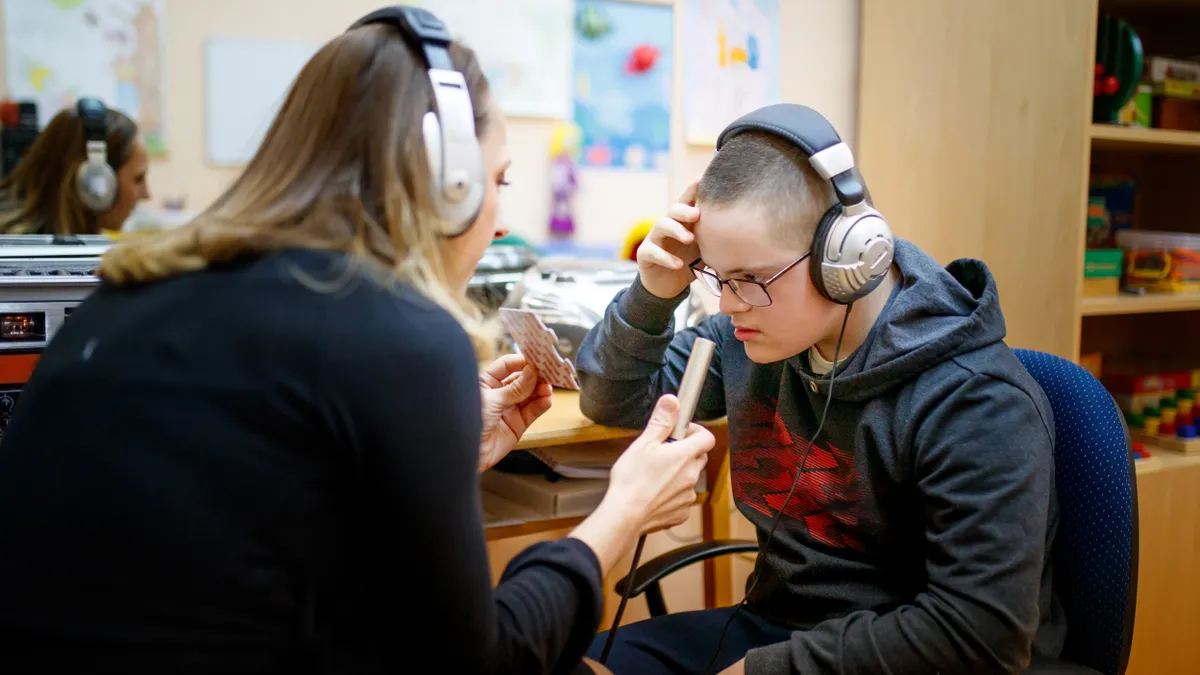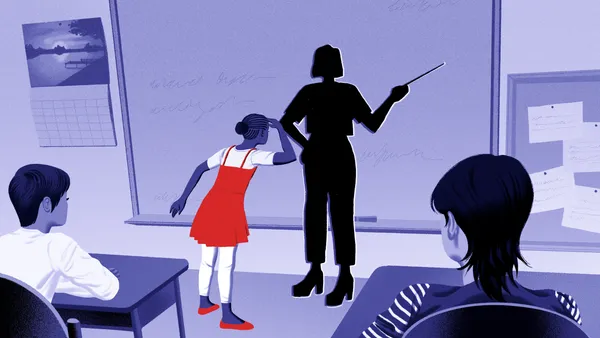A limit on the number of students with disabilities assigned to each special education teacher was one of the provisions in a wide-ranging tentative agreement reached last week between the Los Angeles Unified School District and its teacher union, United Teachers Los Angeles.
Reducing special education teachers' caseloads — or the number of students with disabilities they're responsible for managing — will improve teacher working conditions, boost teacher retention and benefit students who need individualized instruction and services, according to supporters.
Nationally, there is no universal ideal number for a special educator caseload, but at least 20 states have specific policies for caseload limits, according to a 2020 paper from the University of Nevada, Reno. That paper was the first time special education caseload state policies had been examined at a national level since 2003, according to the authors.
None of those 20 states shared the same policy. Some described a maximum number of students for each teacher's caseload. Others used a variety of factors to set caseload limits, such as grade levels and types of disabilities, according to the paper.
The authors found that of the states with specific policies, the maximum caseload ranged from 15 to 50 students. Some 20 states had no policies, and several left caseload capacities to be determined at the local level. Eight states had policies mentioning caseloads but did not specify numbers.
Caseloads differ from class sizes because even though most special education students are included in general education classrooms, their individualized education program is still managed by special education personnel.
Although the LAUSD-UTLA agreement is awaiting ratification from union members and the board of education, a summary said both sides agreed to certain per-teacher caseload limits, such as six students with autism studying under an alternate curriculum and 60 students who require adaptive PE instruction.
The tentative agreement also outlines steps districts must take if caseloads are exceeded. For example, if a teacher's caseload exceeds a certain number, an aide will be assigned to support the teacher and the teacher will receive extra pay.
The union called the full agreement groundbreaking, and LAUSD Superintendent Alberto Carvalho said in a statement that the deal "reflects the dedicated work of our employees, provides a better academic experience for our students and raises the standards of compensation in Los Angeles and across the country.”
A 2020 paper from the Learning Policy Institute said California allows higher caseloads than in many other states. Although California policy caps caseloads for special education resource specialists at 28 students, state waivers can be guaranteed for caseloads of up to 32 students.
Special education teachers nationally say large, intensive caseloads add stress to their work, the LPI report said. That's because in addition to teaching duties, special education personnel must understand and comply with often complex local, state and federal special education laws and policies. They also have paperwork and communication responsibilities connected to overseeing each student's IEP.
Like states across the nation, California is experiencing critical shortages of special educators. John Eisenberg, executive director of the National Association of State Directors of Special Education, told K-12 Dive in January that special educator vacancies were the association's biggest focus.
Eisenberg said the shortage has led to more collaborations within state offices and between state and local administrators. "It got to such a level of critical shortages, that you couldn’t even open school if you did not work together to at least come up with some creative solutions," he said.














